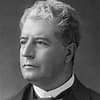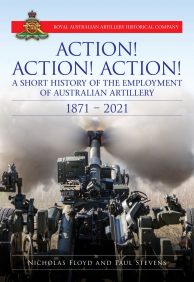
This Is Why the U.S. Military Uses 5.56mm Ammo Instead of 7.62mm.
The performance of bullets in terms of stopping power, lethality, and range has sparked considerable debate. Critics have pointed out perceived shortcomings, advocating for an intermediate-sized cartridge between the 5.56 and 7.62 NATO sizes. Conversely, some argue in favor of the M855A1 Enhanced Performance Round (EPR), citing its purported improvements in barrier penetration and accuracy.
Criticism surrounding range, accuracy, and lethality often ties back to differences in barrel length and twist between the M16 and M4 rifles. Hit probability, crucial for a soldier’s effectiveness in combat, varies notably between these two cartridges due to differences in recoil and noise.
Comparatively, the 7.62 NATO boasts twice the impact energy of the 5.56 NATO, making it preferable for targets shielded by higher-level armor, particularly at medium range. When fired from a 20-inch barrel, a 5.56 NATO round exhibits a flatter trajectory than a 7.62 NATO round of equivalent length. However, a 5.56 NATO round fired from a 14.5-inch barrel matches the trajectory and time of flight of a 7.62 NATO round fired from a 20-inch barrel.
Notably, a 7.62 NATO round rapidly achieves 50 percent of its velocity within a short distance from the barrel upon firing. Consequently, reducing barrel length for close-quarters combat increases muzzle pressure, leading to heightened noise and muzzle flash.




